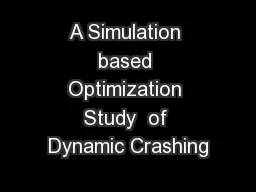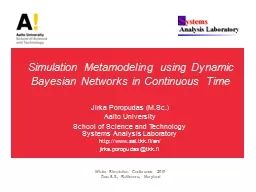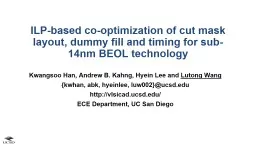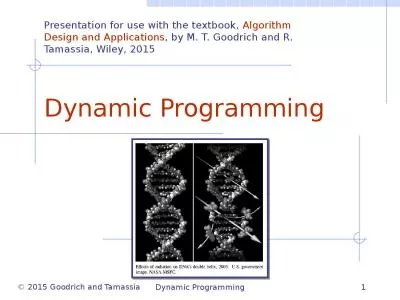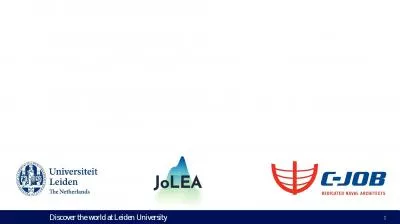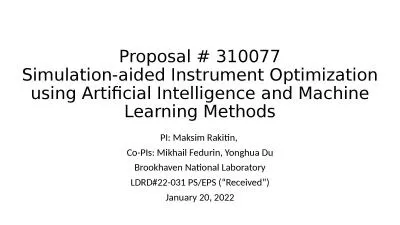PPT-A Simulation based Optimization Study of Dynamic Crashing
Author : danika-pritchard | Published Date : 2016-09-21
Masters Thesis Proposal by Krishna Neelakanta University of Colorado Colorado Springs Fall 2009 Page 1 Introduction TimeCost Tradeoff in Project Management Crashing
Presentation Embed Code
Download Presentation
Download Presentation The PPT/PDF document "A Simulation based Optimization Study o..." is the property of its rightful owner. Permission is granted to download and print the materials on this website for personal, non-commercial use only, and to display it on your personal computer provided you do not modify the materials and that you retain all copyright notices contained in the materials. By downloading content from our website, you accept the terms of this agreement.
A Simulation based Optimization Study of Dynamic Crashing: Transcript
Download Rules Of Document
"A Simulation based Optimization Study of Dynamic Crashing"The content belongs to its owner. You may download and print it for personal use, without modification, and keep all copyright notices. By downloading, you agree to these terms.
Related Documents

